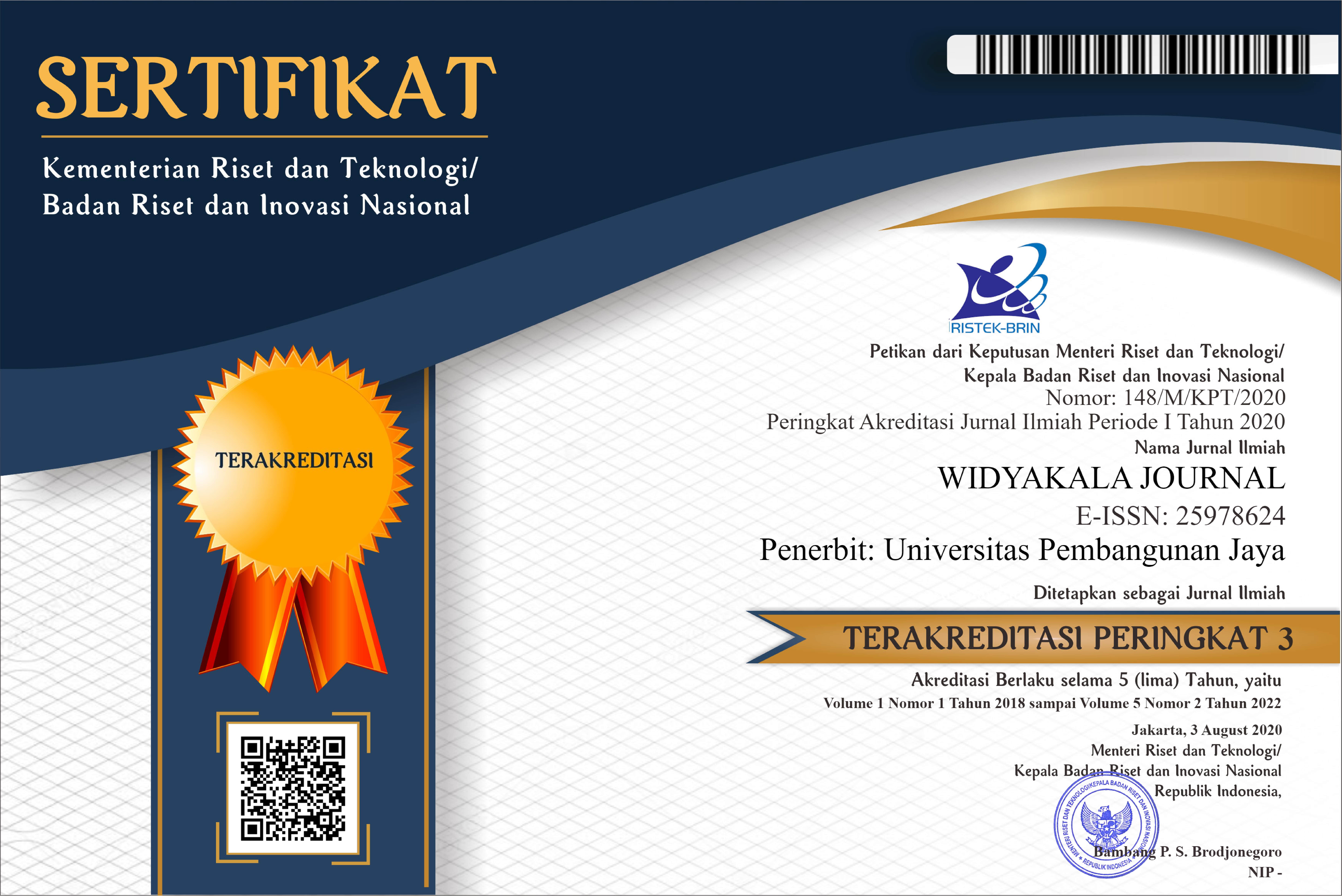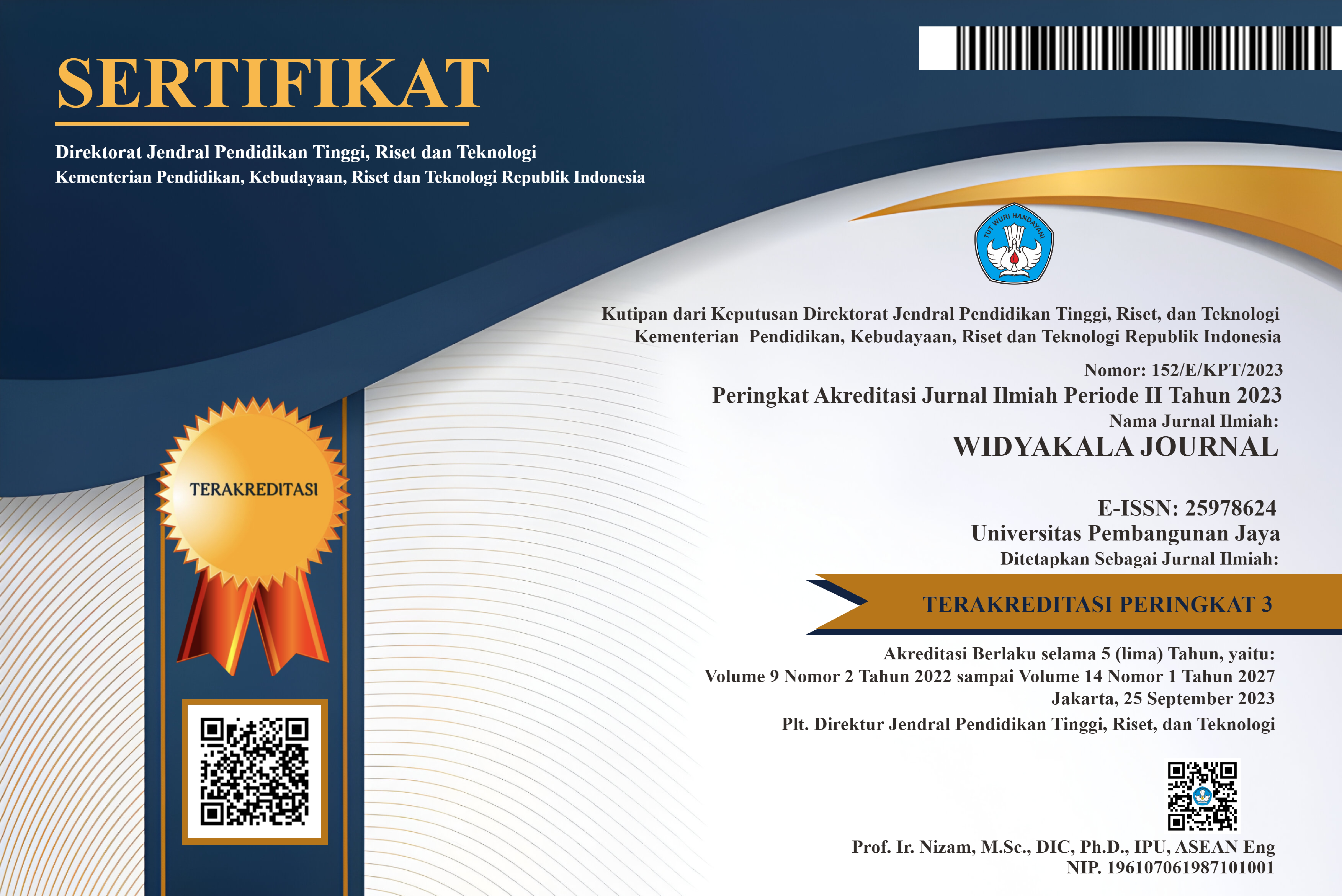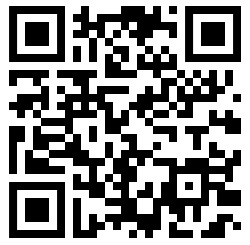Updated, March 2025
The Effect of UTAUT and IRT Factors on the Digital Fishery Platforms Acceptanc
Abstract
The background of this research is the weakness of the marine product supply chain which reduces the interest of the Indonesian people to consume abundant fish. The purpose of this study was to examine the effect of UTAUT and IRT factors on digital fishery platform acceptance. The study was conducted in the provinces of Banten and West Java using a convenience sampling technique. The data collected were 240 samples, consists of 151 samples from Banten province, and 89 samples from West Java province. The results of the study prove that three UTAUT factors, namely performance expectancy, effort expectancy, and social influence significantly affect the intention to use digital platforms. Three IRT factors have a significant effect on resistance to using digital platforms. However, this study also shows low resistance and high acceptance on the digital fishery platform, so that the effect of resistance on the intention to use digital fishery platforms is proven to be negative and significant. The novelty of this research is the combination of UTAUT and IRT theory on digital platform acceptance. The practical benefits of this research can be used as a basis for decision-making to build a digital fishery platform that will benefit marine fish consumers and fishermen.
Keywords
Full Text:
PDFReferences
Ahmed, K., Mansoori, A., Sarabdeen, J., & Latif Tchantchane, A. (2018). Investigating Emirati citizens’ adoption of e-government services in Abu Dhabi using modified UTAUT model Article information. Information Technology & People.
Alam, M. Z., Hu, W., Hoque, M. R., & Kaium, M. A. (2019). Adoption intention and usage behavior of mHealth services in Bangladesh and China: A cross-country analysis. International Journal of Pharmaceutical and Healthcare Marketing, 14(1), 37–60. https://doi.org/10.1108/IJPHM-03-2019-0023
Arif, M., Ameen, K., & Rafiq, M. (2018). Factors affecting student use of Web-based services: Application of UTAUT in the Pakistani context. Electronic Library, 36(3), 518–534. https://doi.org/10.1108/EL-06-2016-0129
Baskhara, P. (2020). Belanja Ikan Sekarang Online, Pakai Apikasi Belanja Ikan Online, Langsung Diantar Sampai Depan Rumah [Now People Shop Fish by Use Online Fish Shopping Applications, Delivered Directly To Your Home]. Warta Kota.
Buabeng-Andoh, C., & Baah, C. (2020). Pre-service teachers’ intention to use learning management system: an integration of UTAUT and TAM. Interactive Technology and Smart Education, 17(4), 455–474. https://doi.org/10.1108/ITSE-02-2020-0028
Carter, L., Shaupp, C. L., Hobbs, J., & Campbell, R. (2011). The role of security and trust in the adoption of online tax filing The role of security and trust in the adoption of online tax filing. Transforming Government: People, Process and Policy, 5(3), 303–318.
Chang, C. C. (2013). Library mobile applications in university libraries. Library Hi Tech, 31(3), 478–492. https://doi.org/10.1108/LHT-03-2013-0024
Chemingui, H., & Lallouna, H. Ben. (2013). Resistance, motivations, trust and intention to use mobile financial services. International Journal of Bank Marketing, 31(7), 574–592. https://doi.org/10.1108/IJBM-12-2012-0124
Giovanis, A., Assimakopoulos, C., & Sarmaniotis, C. (2019). Adoption of mobile self-service retail banking technologies: The role of technology, social, channel and personal factors. International Journal of Retail and Distribution Management, 47(9), 894–914. https://doi.org/10.1108/IJRDM-05-2018-0089
Gunasinghe, A., Hamid, J. A., Khatibi, A., & Azam, S. M. F. (2019). The adequacy of UTAUT-3 in interpreting academician’s adoption to e-Learning in higher education environments. Interactive Technology and Smart Education, 17(1), 86–106. https://doi.org/10.1108/ITSE-05-2019-0020
Gupta, K. P., Manrai, R., & Goel, U. (2019). Factors influencing adoption of payments banks by Indian customers: extending UTAUT with perceived credibility. Journal of Asia Business Studies, 13(2), 173–195. https://doi.org/10.1108/JABS-07-2017-0111
Hair, J. F., Ringle, C. M., & Sarstedt, M. (2011). PLS-SEM: Indeed a silver bullet. Journal of Marketing Theory and Practice, 19(2), 139–151.
Hair, Joe F., Ringle, C. M., & Sarstedt, M. (2011). PLS-SEM: Indeed a silver bullet. Journal of Marketing Theory and Practice, 19(2), 139–152. https://doi.org/10.2753/MTP1069-6679190202
Hidayat, A. (2019). Masih Rendahnya Masyarakat Indonesia Mengkonsumsi Ikan, Kenapa ? Ini Penyebabnya [The Indonesian Society for Consuming Fish is Still Low, Why? It is the cause]. Analisa Aceh.
Kuciapski, M. (2017). A model of mobile technologies acceptance for knowledge transfer by employees. Journal of Knowledge Management, 21(5), 1053–1076. https://doi.org/10.1108/JKM-03-2016-0136
Laukkanen, T., & Kiviniemi, V. (2010). The role of information in mobile banking resistance. International Journal of Bank Marketing, 28(5), 372–388. https://doi.org/10.1108/02652321011064890
Lwoga, E. T., & Komba, M. (2015). Antecedents of continued usage intentions of web-based learning management system in Tanzania. Education + Training, 57(7), 738–756.
Mahzan, N., & Lymer, A. (2014). Examining the adoption of computer-assisted audit tools and techniques: Cases of generalized audit software use by internal auditors. Managerial Auditing Journal, 29(4), 327–349. https://doi.org/10.1108/MAJ-05-2013-0877
Martínez-Pérez, B., De La Torre-Díez, I., & Lopez-Coronado, M. (2013). Mobile health applications for the most prevalent conditions by the World Health Organization: review and analysis. Journal of Medical Internet Research, 15(6), 120.
Odoom, R., & Kosiba, J. P. (2020). Mobile money usage and continuance intention among micro enterprises in an emerging market – the mediating role of agent credibility. Journal of Systems and Information Technology, 22(4), 97–117. https://doi.org/10.1108/JSIT-03-2019-0062
Pratama, O. (2020). Konservasi Perairan Sebagai Upaya menjaga Potensi Kelautan dan Perikanan Indonesia. Direktorat Jenderal Pengelolaan Ruang Laut. https://kkp.go.id
Purwanto, E., Deviny, J., & Mutahar, A. M. (2020). The Mediating Role of Trust in the Relationship between Corporate Image, Security, Word of Mouth and Loyalty in M-Banking Using among the Millennial Generation in Indonesia. Management and Marketing, 15(2), 255–274. https://doi.org/10.2478/mmcks-2020-0016
Purwanto, E., & Loisa, J. (2020). The intention and use Behavior of the mobile banking system in Indonesia: UTAUT model. Technology Reports of Kansai University, 62(6), 2757–2767.
Purwanto, E., & Purwanto, A. D. B. (2020). An investigative study on sustainable competitive advantage of manufacture companies in Indonesia. Business: Theory and Practice, 21(2). https://doi.org/10.3846/btp.2020.12256
Purwanto, E., Utama, C., & Wijaya, B. (2018). The effects of shock advertising on purchase intentions and behavior of cigarettes in collectivistic culture. Journal of Advanced Research in Law and Economics, 9(2), 625–638.
Rahi, S., Othman Mansour, M. M., Alghizzawi, M., & Alnaser, F. M. (2019). Integration of UTAUT model in internet banking adoption context: The mediating role of performance expectancy and effort expectancy. Journal of Research in Interactive Marketing, 13(3), 411–435. https://doi.org/10.1108/JRIM-02-2018-0032
Ram, S., & Sheth, J. N. (1989). Consumer resistance to innovations: The marketing problem and its solutions. Journal of Consumer Marketing, 6(2), 5. https://doi.org/10.1108/EUM0000000002542
Sivathanu, B. (2019). Adoption of digital payment systems in the era of demonetization in India: An empirical study. Journal of Science and Technology Policy Management, 10(1), 143–171. https://doi.org/10.1108/JSTPM-07-2017-0033
Sobti, N. (2019). Impact of demonetization on diffusion of mobile payment service in India: Antecedents of behavioral intention and adoption using extended UTAUT model. Journal of Advances in Management Research, 16(4), 472–497. https://doi.org/10.1108/JAMR-09-2018-0086
Tarhini, A., El-Masri, M., Ali, M., & Serrano, A. (2016). Extending the utaut model to understand the customers’ acceptance and use of internet banking in lebanon a structural equation modeling approach. Information Technology and People, 29(4), 830–849. https://doi.org/10.1108/ITP-02-2014-0034
Thakur, R., & Srivastava, M. (2013). Customer usage intention of mobile commerce in India: An empirical study. Journal of Indian Business Research, 5(1), 52–72. https://doi.org/10.1108/17554191311303385
Thongsri, N., Shen, L., Bao, Y., & Alharbi, I. M. (2018). Integrating UTAUT and UGT to explain Behavioral intention to use M-learning: A developing country’s perspective. Journal of Systems and Information Technology, 20(3), 278–297. https://doi.org/10.1108/JSIT-11-2017-0107
Venkatesh, V., Morris, M., Davis, G., & Davis, F. (2003). User acceptance of information technology: towards a unified view. MIS Quarterly, 27(3), 425–477.
Venkatesh, V., Thong, J., & Xu, X. (2012). Consumer acceptance and use of information technology: extending the unified theory of acceptance and use of technology. MIS Quarterly, 36(1), 157–178.
Wu, C. G., & Wu, P. Y. (2019). Investigating user continuance intention toward library self-service technology: The case of self-issue and return systems in the public context. Library Hi Tech, 37(3), 401–417. https://doi.org/10.1108/LHT-02-2018-0025
DOI: https://doi.org/10.36262/widyakala.v8i2.486
Refbacks
- There are currently no refbacks.
Copyright (c) 2021 WIDYAKALA: JOURNAL OF PEMBANGUNAN JAYA UNIVERSITY

This work is licensed under a Creative Commons Attribution-ShareAlike 4.0 International License.
Redaksi Jurnal Widyakala
Lembaga Penelitian dan Pengabdian Kepada Masyarakat (LP2M)
Universitas Pembangunan Jaya
Jalan Cendrawasih Raya Blok B7/P, Sawah Baru, Ciputat, 15413
Telp : 021-7455555 ext 1311
widyakala.journal@upj.ac.id


















